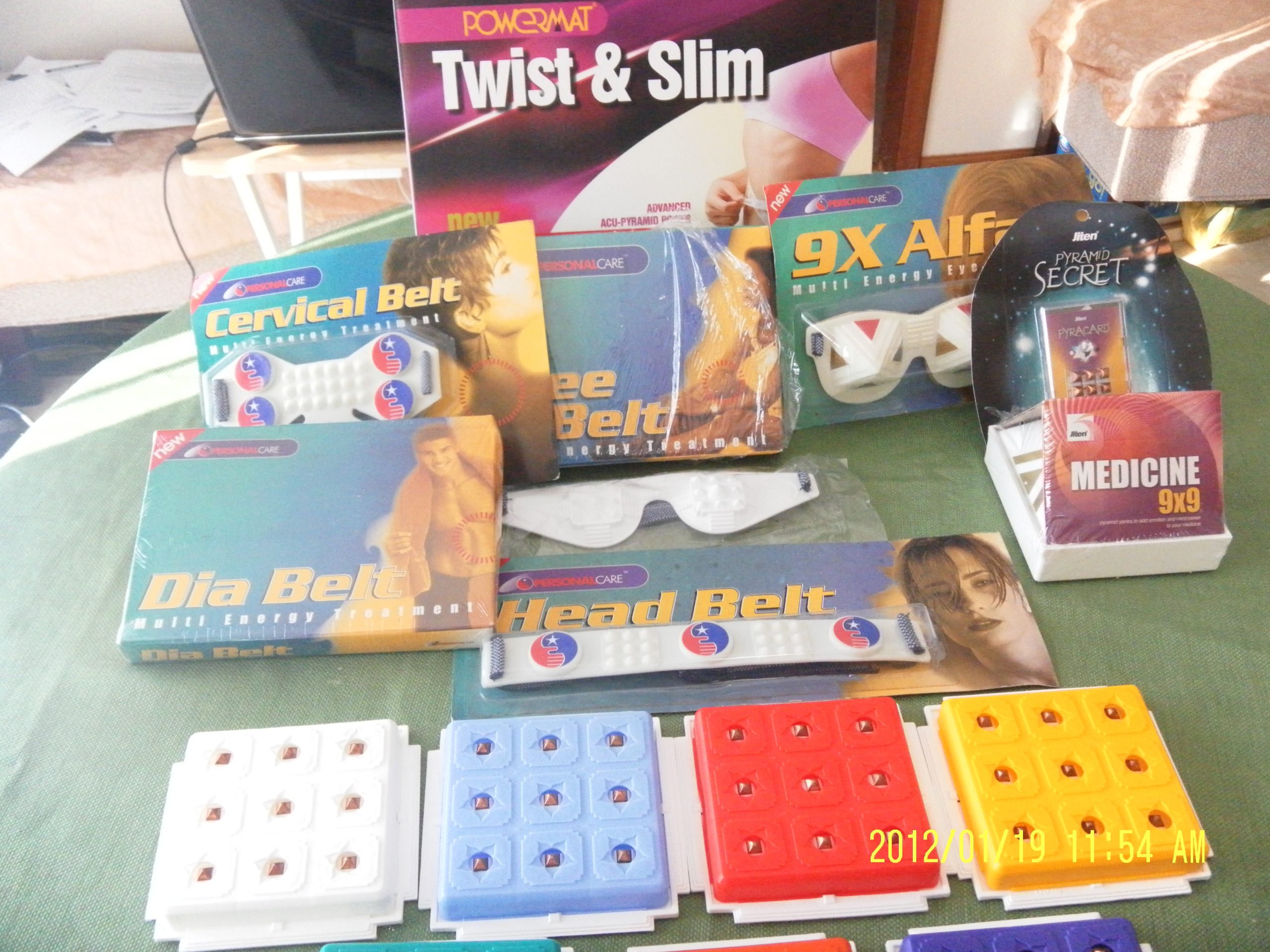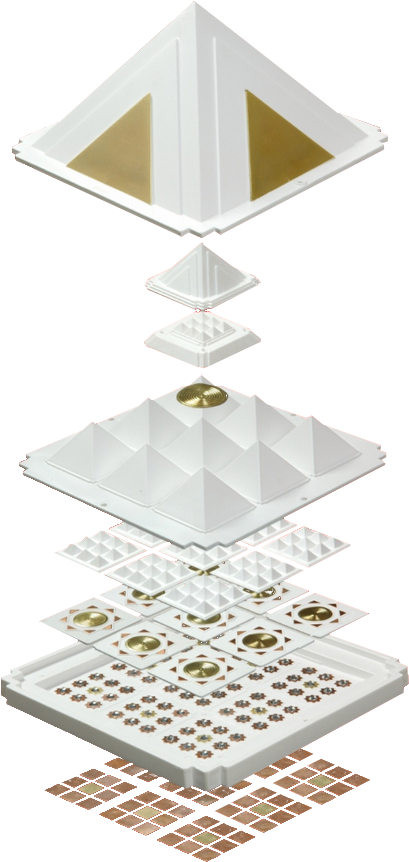Five basic elements
There are five basic forces or elements in feng shui. These are fire, earth, metal, water, and wood.
There are two cycles, one of creation and one of destruction. The constructive cycle has the five elements change in natural progression from one to the other. The sequence is that fire results in ash or earth, earth hardens to metal, metal melts and creates water, water feeds wood, and wood helps fire to burn. Here each element helps or enhances the progress of the other. This cycle creates harmony between the elements. But when these elements change such that they check the progress, intensity and influence of each other, it is the destructive cycle. In the destructive cycle wood draws its essence from earth, earth destroys water, water extinguishes fire, fire melts metal, and metal cuts wood. This creates disharmony between elements. Both cycles combined are in balance.
Using knowledge of the five elements
If you divide the house into nine equal parts (eight directions and the center), each part has been attributed to an element.
| Wood | Fire | Earth |
| Wood | Earth | Metal |
| Earth | Water | Metal |
If objects are placed such that they complement each other in the constructive cycle, they enhance the properties of both. For example, if a water object such as an aquarium are placed in the wood section then it enhances the property of wood. When destructive cycle elements come together, they cut down the progress of each other. If metal objects are placed in the wood section, such as metal wind chimes or metal furniture, it cuts wood. Hence there will be disharmony and creation of disturbances and troubles. You can make changes in your house or room to avoid disharmony or create harmony by placing objects in the right section.
The qualities of the five elements
A shape is associated with each element, and each with qualities.
- Fire
- Shape: Triangle.
- Qualities: Intelligence, spirit and life, wisdom, reason, etiquette.
- Materials: Animal products, shiny fabrics, things generating light and heat.
- Interiors: Kitchens, stoves, fire places.
- Shapes: Pointed, slanted, sharp angled, buildings where animals are kept.
- Ideal uses: Libraries, religious schools, businesses involving fashion designing, furnaces, chemicals, veterinary clinics.
- Earth
- Shape: Square.
- Qualities: Sympathy, honesty, faith, reliability.
- Materials: Clay, bricks, concrete, tiles, marble, porcelain, crystal, sand.
- Interiors: Storage areas, lounges, garages, inner courtyards.
- Shapes: Flat, low, box-like, square, construction of bricks, clay or concrete.
- Ideal uses: Hospitals, jails, government buildings, tombs, vaults, banks, business involving mining, tunneling, ceramics, agriculture and civil engineering.
- Metal
- Shape: Circle.
- Qualities: Morality, ethics, righteousness, practical thinking.
- Materials: Aluminum, iron, steel, copper, mirrors, wires, transparent films.
- Interiors: Workshops, kitchens, metal sinks and stoves.
- Shapes: Roads and highways, gently rounded hilltops, round, curved, domed roofs, arches, castles.
- Ideal uses: Businesses dealing with finance, metal jewelry, hardware, knives and swords, commercial and manufacturing buildings.
- Water
- Shape: Wavy lines.
- Qualities: Communication, transmission of ideas, wisdom, socialization.
- Materials: Glass, buildings that are distinguished by major uses of glass.
- Interiors: Bathrooms, laundries, kitchens, wine cellars, swimming pools, ponds, fountains.
- Shapes: Irregular shapes and constructions features that seem to be ‘thrown together’ rather than designed.
- Ideal uses: Art galleries, museums, concert halls, ad agencies, media, business involving publishing, computers, electrical engineering, oil refineries, bottling companies, sailing, boats.
- Wood
- Shape: Parallel straight lines.
- Qualities: Creation, nourishment, upward growth, love of humanity, flexible thinking, balance between family and career.
- Materials: All types of wood, fibers, vegetables, fruits, herbs, flowers and plants.
- Interiors: Children’s room, bed rooms, dining rooms.
- Shapes: Tall, columnar, oblong, rectangular shapes of religious structures, skyscrapers and high towers.
- Ideal uses: Creativity, nourishment, growth, nurseries, hothouses, hospitals, healing centers, restaurants, wooden goods dealers.




